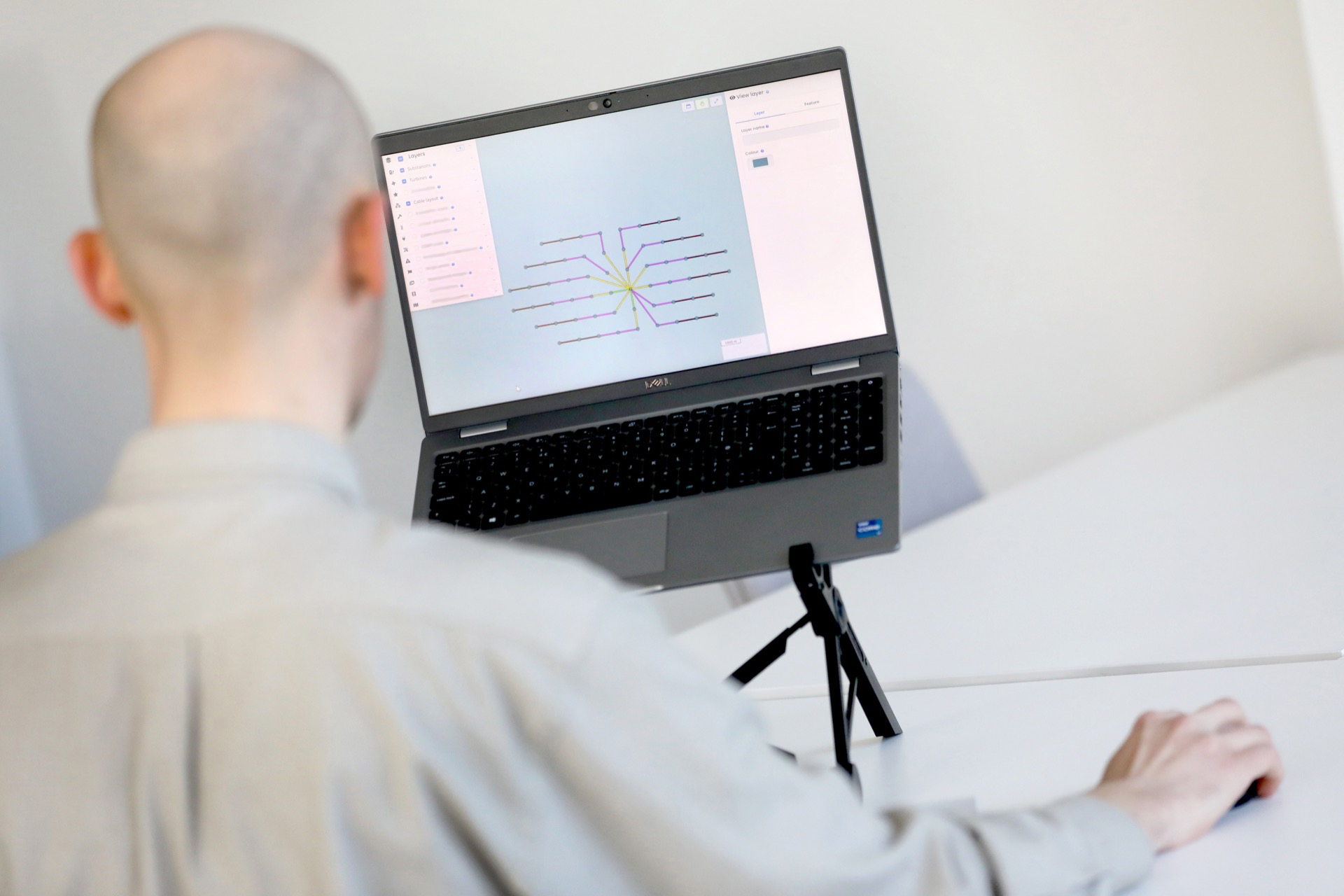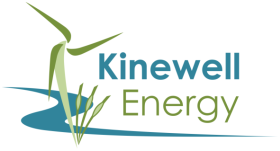Cable Optimisation Unlocks Efficiency and Cost Savings for Equinor’s Landmark Beacon Wind Farms
Project Information
Company Name: Equinor
Project Name: Beacon Wind
Project Type: Consultancy
Background
Equinor, the Norwegian energy company, was awarded the Beacon Wind offshore lease in a joint venture with BP in 2019. Located off the coast of Massachusetts and New York, when complete, Beacon Wind will be one of the largest offshore wind farms in the United States, with a planned capacity of over 2.5 GW over 2 wind farms in approximately 128,000 acres, enough to power over 2 million homes.
The project is expected to be developed in two phases. The first phase is expected to include 82 offshore wind turbines, each with generating capacity of between 15-17 MW. The second phase is expected to include 73 offshore wind turbines, each with generating capacity of between 17-20 MW.
The turbines will be connected to two HVDC offshore substations, one for each phase of development, using 66 kV inter-array cables.

The Challenge
Equinor wanted to optimize the inter -array cable layout to reduce predicted CAPEX costs to support their plans during the early design stages of the project.
Solution
The Kinewell team used our KLOC software to optimise the inter-array cable layout on this project.
The work considered many different project uncertainties, such as: various turbine sizes, base and overplanting capacities, substation location, cable types and radial vs branched networks. The cable layouts were optimised for both minimum CAPEX, and minimum of CAPEX plus OPEX considering electrical losses and unavailability losses. The work provided information that de-risked numerous key client decisions while also identifying substantial savings over the project life.
Benefits
- CAPEX savings due to optimised cable layout
- Provided valuable insights into the trade-offs between CAPEX and OPEX, empowering Equinor to optimize the overall lifetime costs of the project.
- Reduced electrical and unavailability losses translating to potential OPEX savings
- The ability to rapidly evaluate multiple scenarios enabled Equinor to make informed decisions and de-risked critical aspects of the projects design phase.
- By utilising the consultancy service from Kinewell, Equinor engineers were free to concentrate on other areas.

See the cost savings KLOC can bring to your wind farm project by getting in touch to book your free trial.
